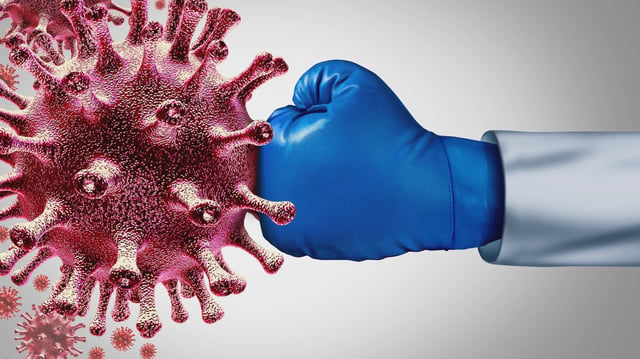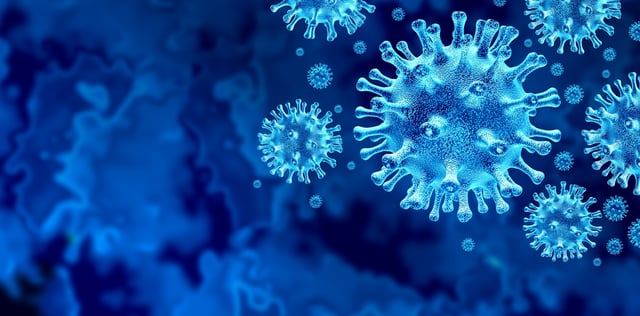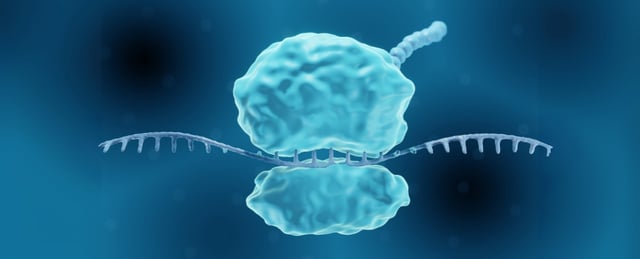Overview
- The approach reproduces features of ISG15 deficiency by instructing cells to make a defined set of 10 antiviral proteins identified as key to the mutation’s broad protection.
- In cell cultures, the platform resisted diverse viruses, and in animals it curtailed replication of influenza and SARS‑CoV‑2 and reduced disease severity after intranasal dosing.
- Protection persisted for roughly three to four days in current formulations, with limited inflammation compared with people who naturally lack ISG15.
- The study reports that the transient response should not block development of immunological memory to an infecting virus.
- Researchers flag delivery to the right tissues, achieving adequate expression and duration, and ensuring safety as primary hurdles, with potential social resistance to mRNA technology also noted.


